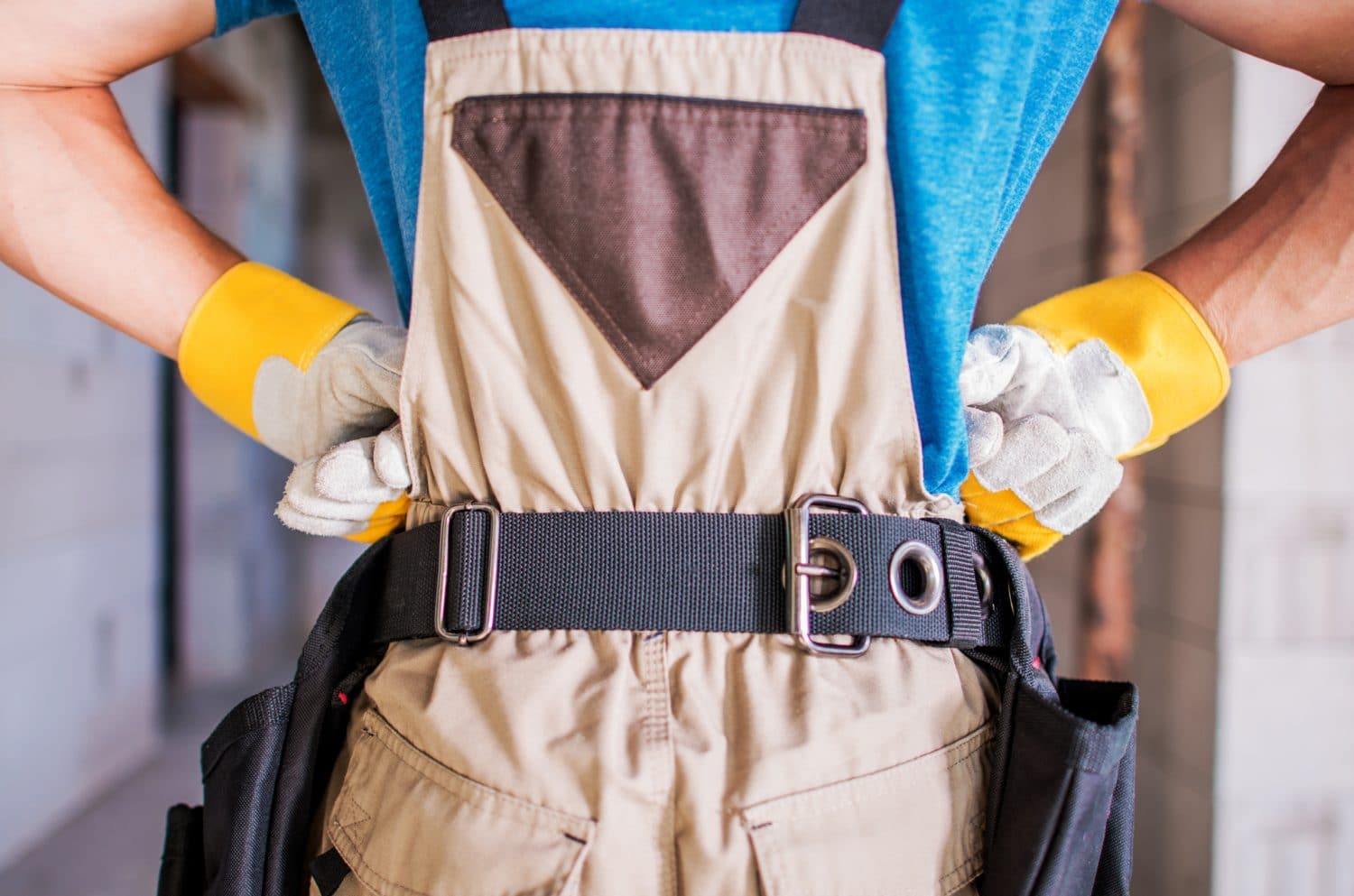
Don’t Get into Home Repair Trouble!
When it comes to a home repair, people usually get themselves into trouble. They underestimate the scope, overestimate their knowledge to perform it, and soon realize they can’t even complete it! Don’t be one of these people. It’s perfectly OK to not know how to do something. That’s what the pros are for!
So, before starting a home repair project, here are a few tips to help you understand if you can DIY or DDIY (Don’t Do it Yourself)
Take Stock of Your Repair
This requires you to make an honest assessment of the problem. If you’ve lived in your home for awhile, now’s the time to recall the condition and history of the problem. It was most likely evident by visible signs of trouble. For example, a plumbing leak is usually evident by water stains, mold formation, and the less-than-satisfactory condition of a visible plumbing fixture.
However, we usually let these small issues slide because they seem like “no big deal.” Yet, leaving them alone makes them a deal you can’t ignore.
Search for Clues
Sometimes the root cause of a problem isn’t as obvious as stains or mold. Put on your Sherlock Holmes hat and do a little investigating by searching for clues.
For instance, not all electrical issues smoke or make a noise. Loose wiring, faulty breakers, or other problems could easily be the cause of an electrical short. If you discover the root cause early, you can fix it — and prevent fires!
The Big Question
Ask yourself honestly: Can you actually repair it? Do you have the necessary skills and/or tools to perform the repair? Let’s face it, DIY isn’t as easy as it looks. Some home repair projects are better left for the professionals. Their knowledge and expertise, as well as their investment in the right tools for the job.
A perfect example is if you live in a home built before 1978. Chances are that it contains lead-based paint, so common repairs like sanding, cutting, or window replacement can disturb the paint, and create lead dust and chips. These are hazardous! Not knowing the safety precautions for confining dust and debris in the area can be very harmful. So, you might want to save yourself the headache (literally!) to a certified professional. Otherwise, you’ll need to clean the affected area with a vacuum that has a HEPA filter. This draws the hazardous air into the vacuum and expels it through the filter — with none of the air leaking past it — then wet mopping the area.
Do You Have the Right Stuff?
If you have the skills and tools to perform repairs, here’s what you’ll need to do:
- Check them for wear and damage
- Make sure your tools are well maintained and kept clean.
- Confirm you have the appropriate safety equipment
- Keep hands clear of moving parts
- Assess whether you have sufficient space to perform the repair
If your repair involves one of the home’s major systems (i.e. electrical, plumbing, gas etc.) and you’re going to repair it yourself, make sure you know the location of the main shut-offs for each system in case of an emergency. You should also know where each individual circuits and valves are, too.
And still, before you start the repair, shut off the nearest electrical circuit and valve, confirm that the power, gas, or water is off and keep them off until you’re done!
Know What’s Below
Any time you’re getting ready to penetrate a surface, double check what’s behind or under the surface before drilling, nailing, screwing or digging. You don’t want to compromise any hidden electrical, plumbing, or gas system. This will also save you money from a damage claim… and may even save your life.
When Using a Ladder…
Always place the ladder on firm, level ground or use leg levelers under the ladder. If the ladder has extensions, make sure they are locked before stepping onto the ladder. Also, be mindful of the maximum load rating of the ladder. The weight listed includes your weight as well as any tools and equipment.
Safety First
No matter how seemingly small or minor the home repair is, protect your eyes with safety goggles or safety glasses with side shields. Flying debris and splashing liquids can be dangerous. These types of protective glasses are made of shatter-resistant plastic to help prevent pieces of glass from splintering in your eye.
Lastly, if you feel like you’re in over your head, admit defeat, and seek professional help. There’s no shame in asking for help before it’s too late and you’ve made a small problem bigger — or worse — injured yourself in the process. Better safe than sorry!
For more tips and tricks on home remodeling, check out the rest of my blog here!




Gregory
October 1, 2019 9:24 amI try to persuade my parent for using profesional help rather than fix it our own. But they don’t listen and say it’s no big deal. What i’m suppose to do? kindly help me please.
Monica D. Higgins
October 4, 2019 9:54 pmHi Gregory – There’s an old saying…’You can lead a horse to water but you can’t force him to drink’. All you can do is make suggestions. If they’re no interested in listening to you, there’s not much you can do.